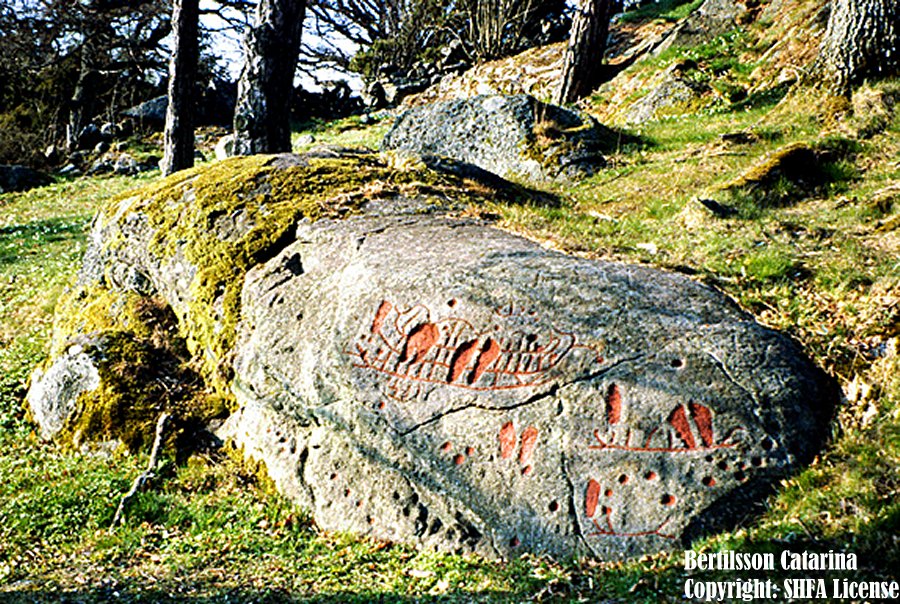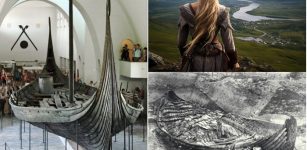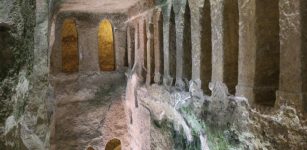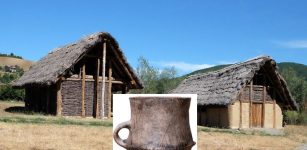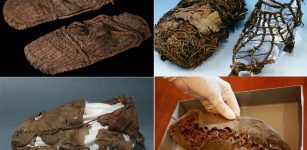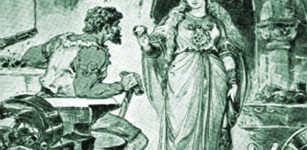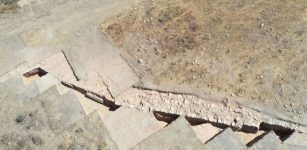Sweden’s Tanum And Skredsvik Petroglyphs: Thousands Of Spectacular And Intriguing Rock Art
MessageToEagle.com – Scandinavia has the largest concentration of Bronze Age rock art in Europe. Research has showed that there are approximately thirty thousand registered sites depicting figurative art (human and animal figures are frequent subjects), abstract and other images such as cup marks and cupules.
At Tanum, near Tanumshede, Bohuslän, Sweden, there is the high concentration of petroglyphs carved rocks of the Nordic Bronze Age. They are known as ‘Tanum Petroglyphs’.
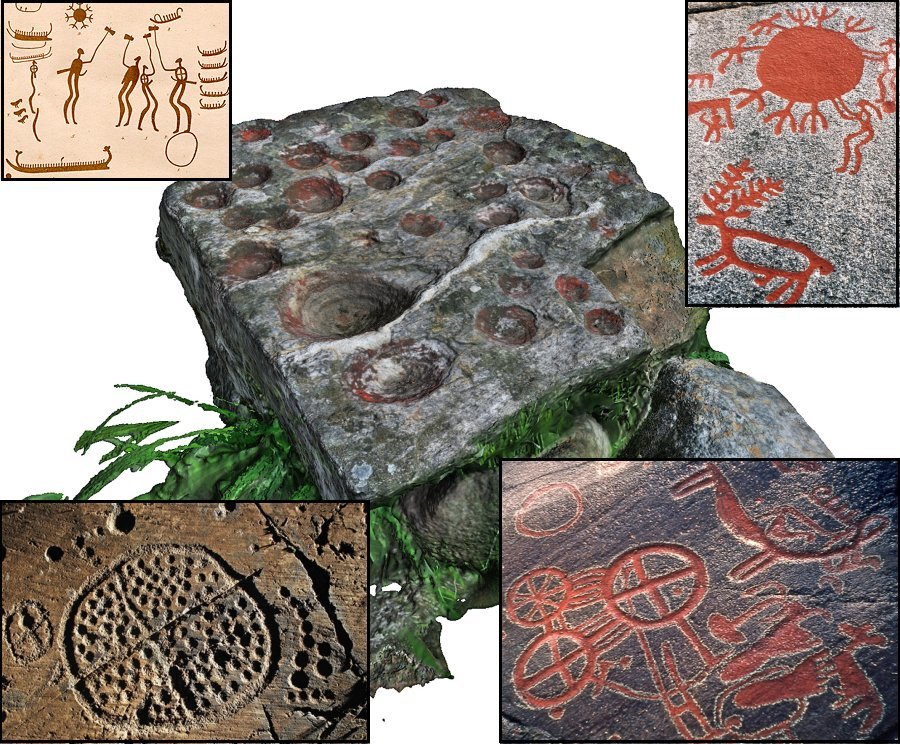
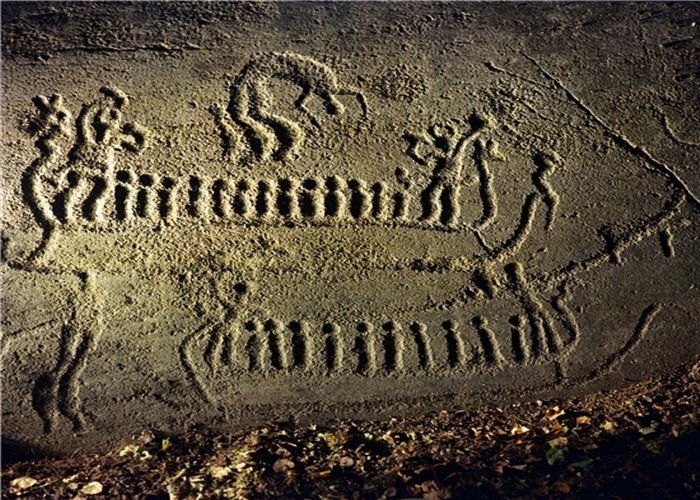
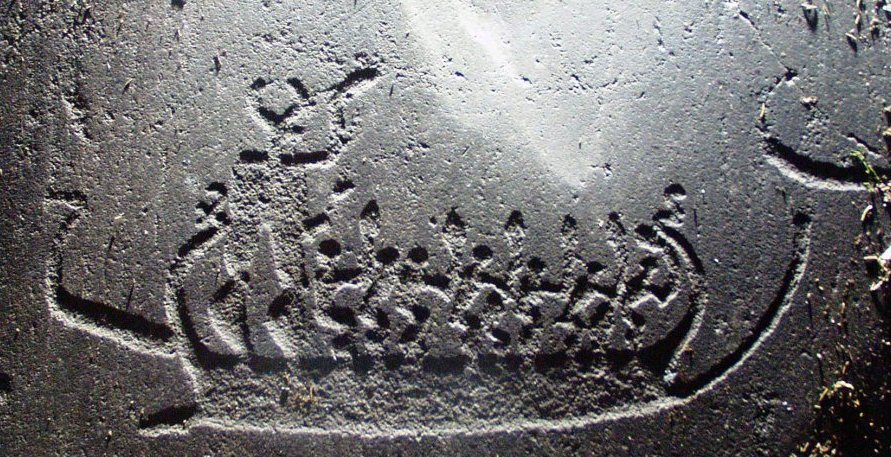
The ‘Tanum petroglyphs’ contain thousands of images carved on over 600 panels. The ancient site covers an area of about 51 hectares (126 acres (0.5 km²).
There is a great variety of images; there are boats with about 12 passengers, the so-called ‘Hjortspring boats’ dated to the Scandinavian Pre-Roman Iron Age and excavated for the first time in 1921-22, carts, humans with bows, animals, and weapons like spears and axes.
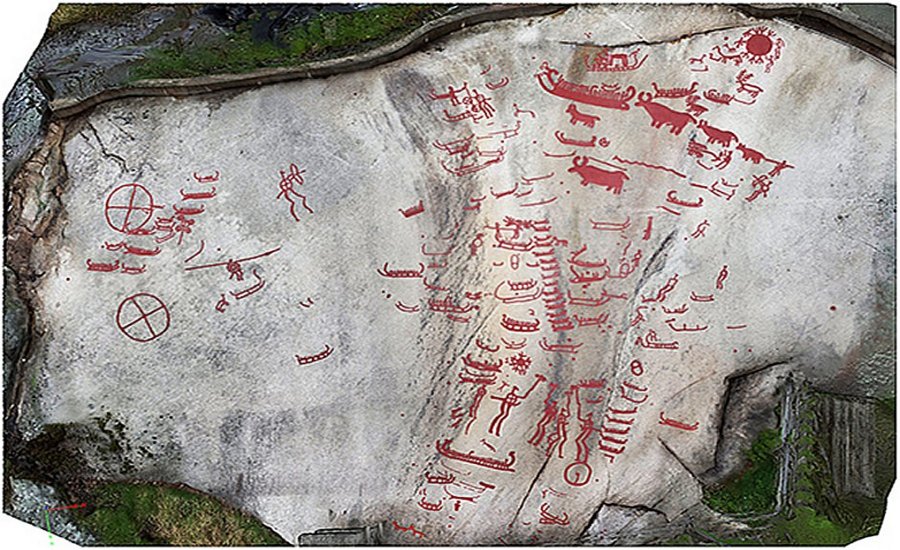
Ancient artists also commemorated human rituals and hunting scenes depicted in thousands of images on about 600 panels dated from 1800 to 500 BC.
Another remarkable ancient petroglyph site in this region of Sweden is located at Torp, Skredsvik in Goteborgs och Bohus Lan (Bohuslän).
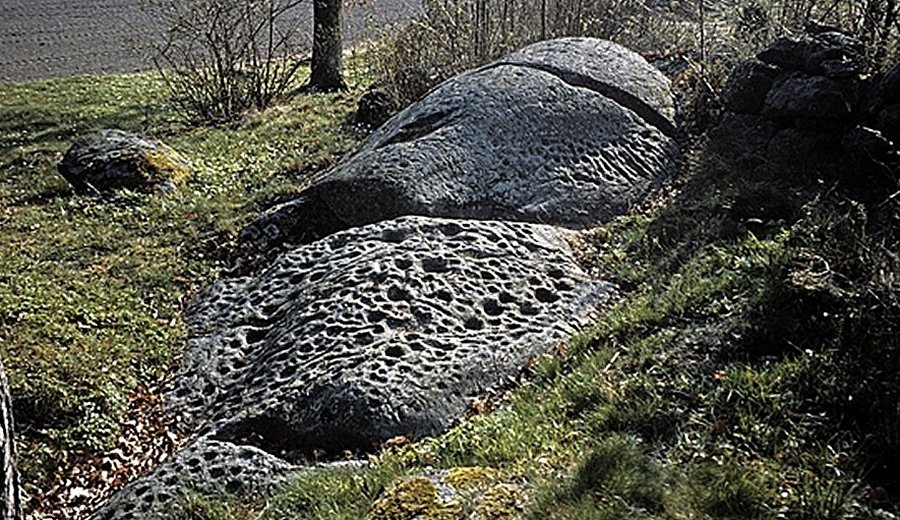
The rock carvings at the site are spectacular and intriguing; it is a gallery composed of different motifs, gathered in in varying compositions and combinations.
The excavations were carried out on different occasions. In 1890, the rock art was surveyed for the first time. In 1990, it was surveyed in detail by Riksantikvarieämbetet (The Swedish National Heritage Board).
See also:
New Symbolic Bronze Age Petroglyphs Discovered In Sweden
Unique Grave Of A Last Viking Discovered In Sweden
Amazing Discovery Of 29 Ancient Gold Men Unearthed In Sweden
Sweden’s Blue Maiden “Blåkulla” Island – Mythical Place With Dark Secrets Of Witches And Wizardry
Discovered Gold Pendant Of Odin And His Horse Sleipnir Might Be Linked To The Heruli Tribe
The rock art at Torp consists of almost 1000 figures dispersed in seven different panels located on three main rocks situated within a total distance of 35 meters.
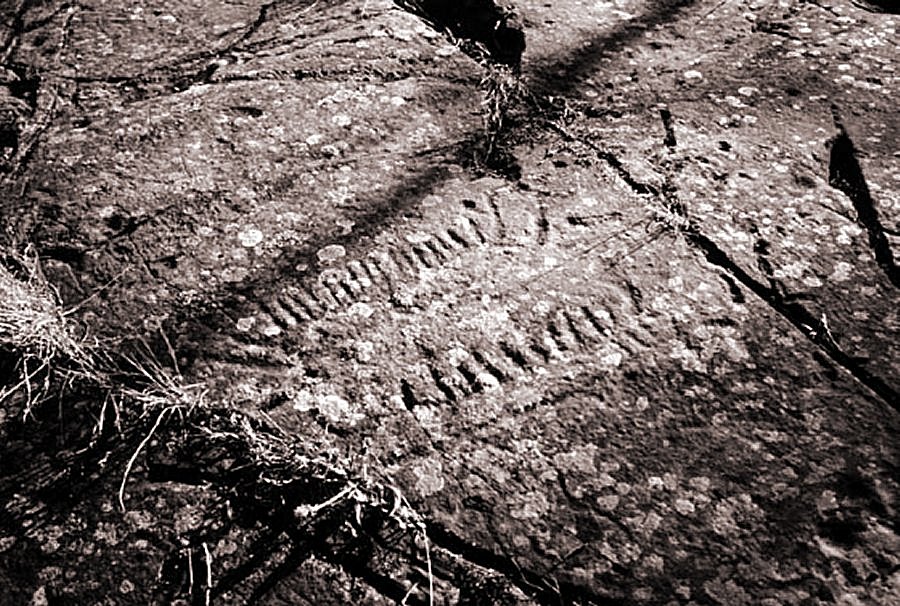
The largest engraving is composed of 1 ship, 1 circle circumscribing one large cup-mark, 562 cupmarks and 101 lines and grooves. On a dome-shaped projecting rock reaching 1,75 meters height and 10 meters diameter. The engraved images consists of a combination of those appearing on panel one and panel two, namely 5 ships, 15 foot-prints of which several are paired, 1 cross, 5 fragments and 167 cup-marks.
On another boulder, unknown ancient artists carved 6 ships, 14 footprints, 3 fragments and 62 cup-marks. Researchers noted that some of the larger ships with crew-strokes of which some has marked knobs are superimposed by deeply carved and paired foot-prints that seem to have been not only put on top of the ships but also deliberately placed in them with the heels “standing” on the keel-lines, according to researchers.
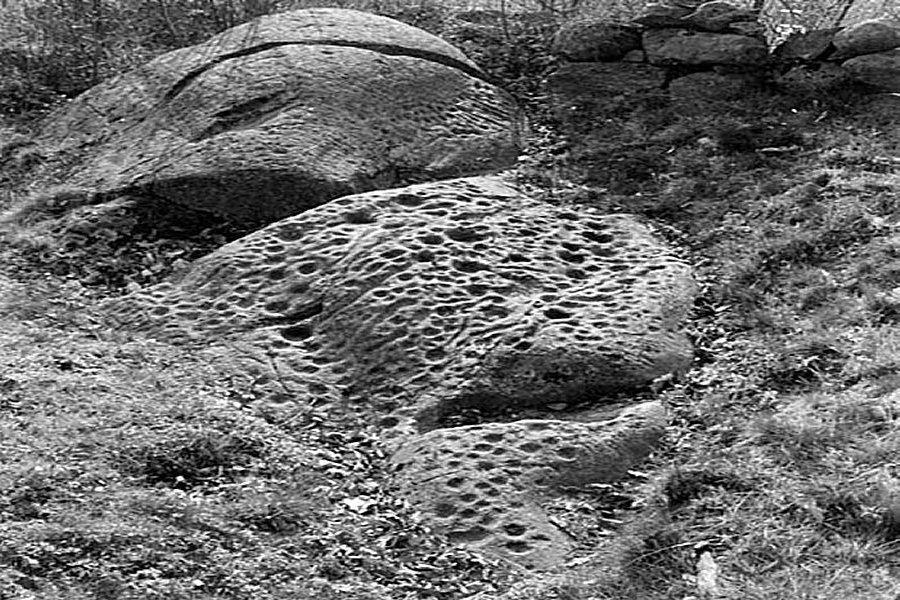
The size and shape of the cup-marks and grooves appear in the extreme frequency and research conducted in several similar sites shows that these places have been in use for a long time – from the Late Neolithic and continued throughout the BA (Bronze Age) and into the Pre-Roman Iron Age and at repeated occasions.
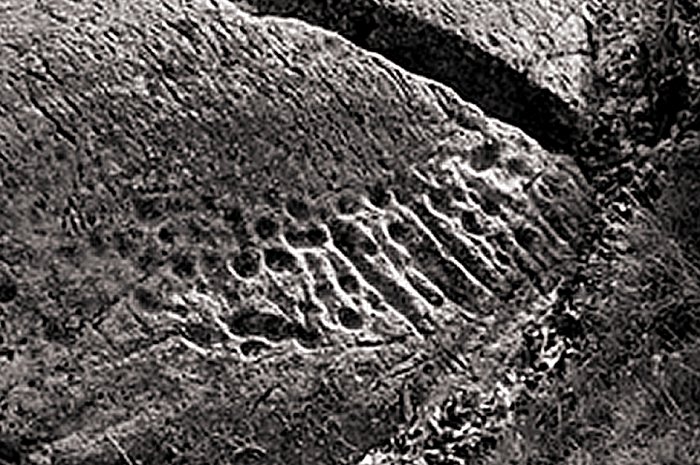
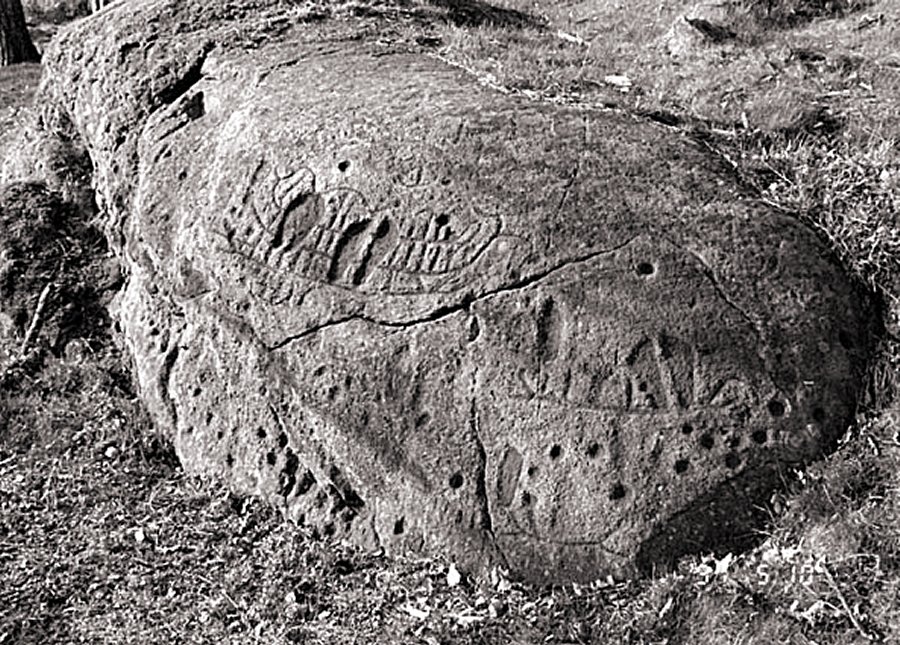
Copyright © MessageToEagle.com All rights reserved. This material may not be published, broadcast, rewritten or redistributed in whole or part without the express written permission of MessageToEagle.com
Expand for references
